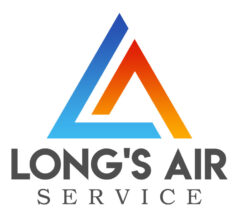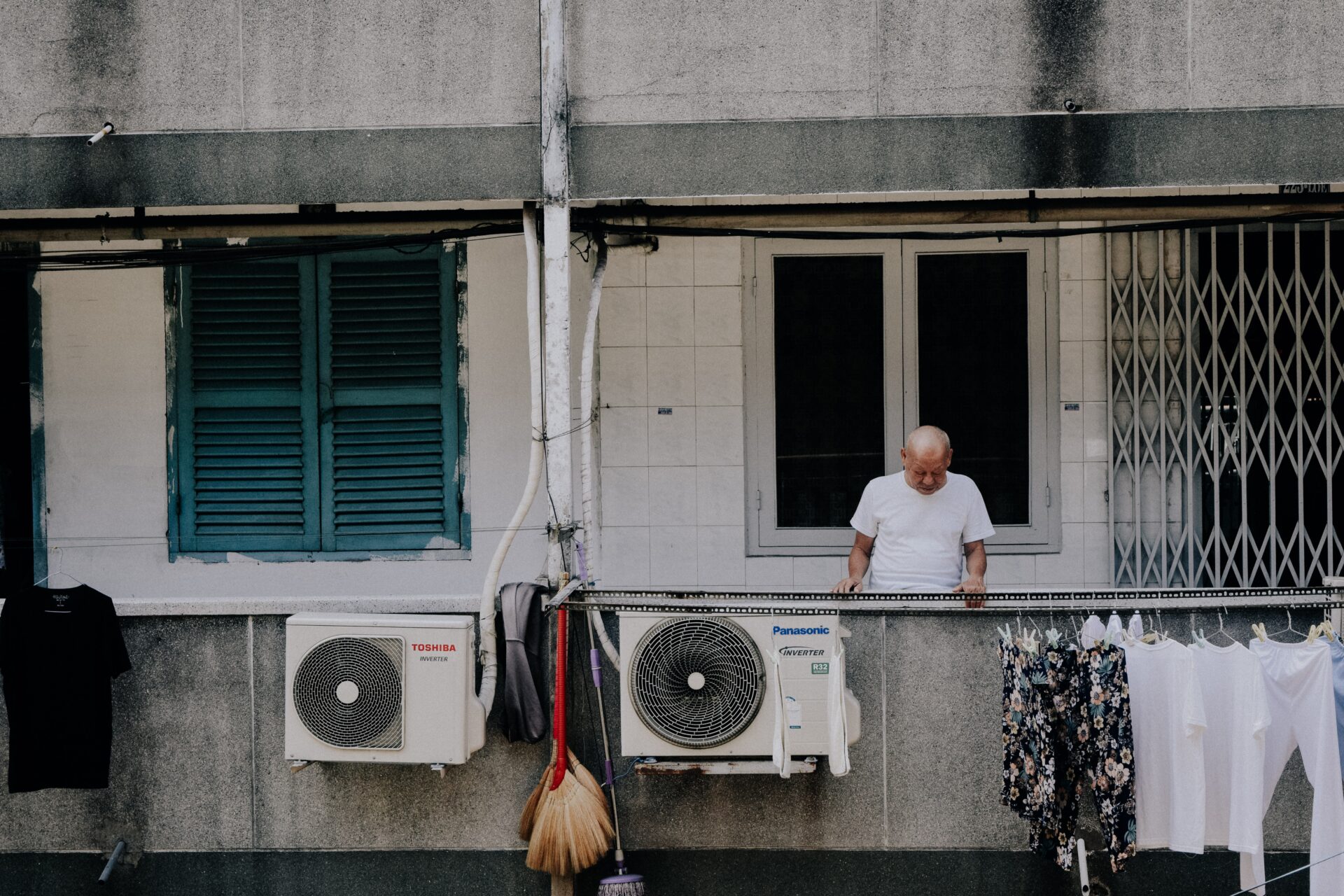
If you’re looking to become an expert on air conditioning, then you’ve come to the right place.
In this article, we’ll be discussing:
- What’s air conditioning?
- How does central air work?
- What types of air systems are there?
- Why do you need indoor climate control?
- Will it remove humidity?
- When was air conditioning invented?
What is air conditioning?
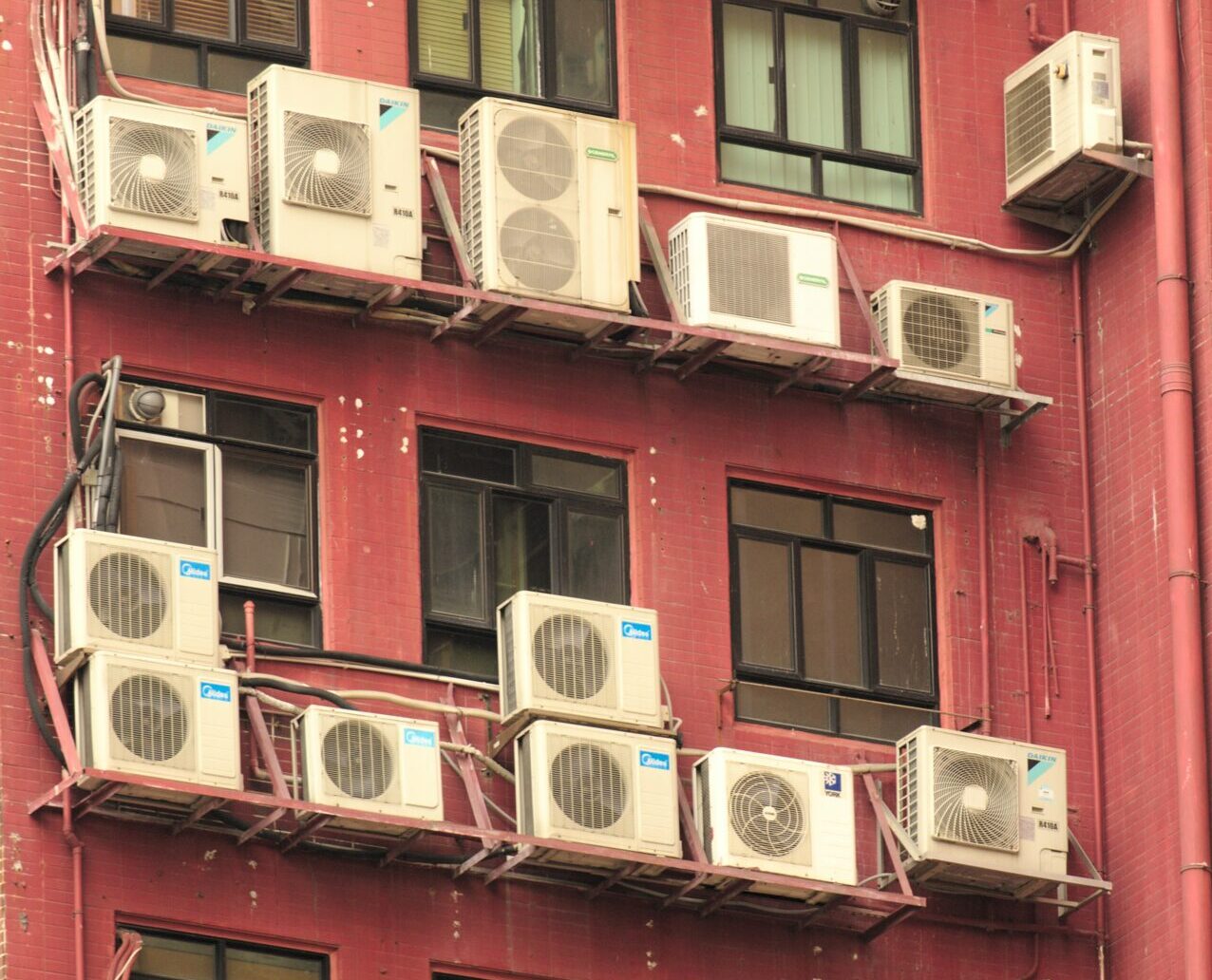
Air conditioning is part of a process that removes heat from your home and replaces it with colder air. The humidity, temperature and humidity in your home, office or car can be controlled by conditioning; usually, your air gets colder through a system called an air conditioner.
Typically, heating, ventilation and air conditioning (HVAC) go together. They’re all part of the technology that controls the air flow and temperature of an area.
How does central air work?
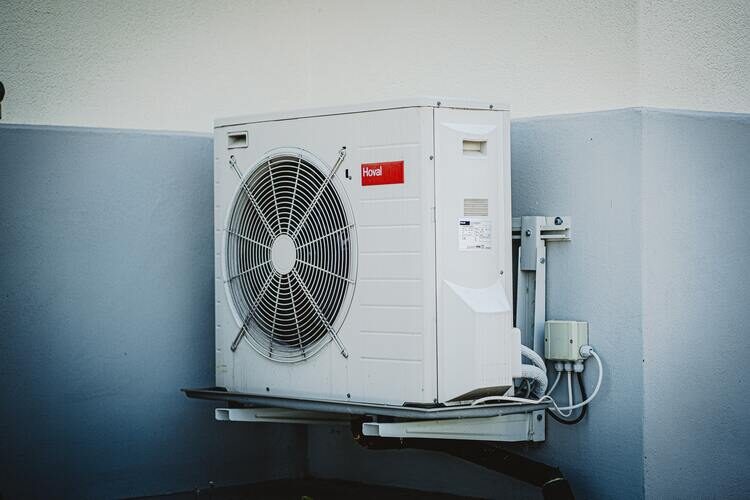
Simple Explanation
Air conditioners take in the hot air in your home or business, remove the energy or heat from that air and then blow it back out for you to feel on your skin. The removed heat is then blown outside, depending on the type of air conditioner you have.
Advanced Explanation
You have two units for your air conditioning: an indoor unit and an outdoor unit. Both work together to transfer heat in your home or business.
Air conditioners use a special liquid called a refrigerant. The key feature that makes a refrigerant stand out is its ability to boil at a temperature lower than the temperature of the inside of your home. Because of their low boiling points, refrigerants like chlorofluorocarbons and hydrofluorocarbons can change from a liquid to a gas and vice versa easily.
Your indoor system takes in warm air from your home or office and sends it to the evaporator coil. This is where the refrigerant changes to a gas as it boils and evaporates due to the warm air.
Now that the interior air has less energy or heat, fans in the indoor a/c unit blows that air back into your home. That “cool” air (really just air that had heat transferred from it) is what you feel when the air kicks on in your home or business. The air travels through ducts or vents scattered throughout your home or business.
What happened to the refrigerant now that it’s a gas?
The refrigerant goes to the outdoor unit, where the refrigerant is condensed and put under pressure by the compression coil. The heat that the refrigerant absorbed is released to the outdoors, which makes the refrigerant turn back into a liquid. After that, the pressure on the refrigerant releases, and the liquid is sent to an expansion valve: a tool designed to make something have lower pressure but greater volume.
Then the air conditioning process starts all over again! The process continues on a loop, being regulated by your home’s thermostat or stopping if it runs out of power (electricity, gas or solar energy).
Refrigerators work in a similar fashion.
What types of air conditioning systems are there?

According to PennState, there are two basic types of air conditioning systems:
- Room or window air conditioners:
- Cool rooms rather than a home
- Plugged into a socket or battery-powered
- Less expensive than other air conditioners
- Less effective than other air conditioners
- Central air conditioners:
- Uses supply and return ducts
- Split-system:
- Ideal for those who have a furnace
- Outdoor and indoor units
- Packaged:
- Located outdoors
- Single unit
FSEC Energy Research Center lists other variants, such as:
- Heat pumps:
- Cooling cycle can be reversed to heat an area
- Can be split or packaged
- Chilled water systems:
- Requires a cooling plant
- Liquid water is pumped throughout building
Why do you need indoor climate control?
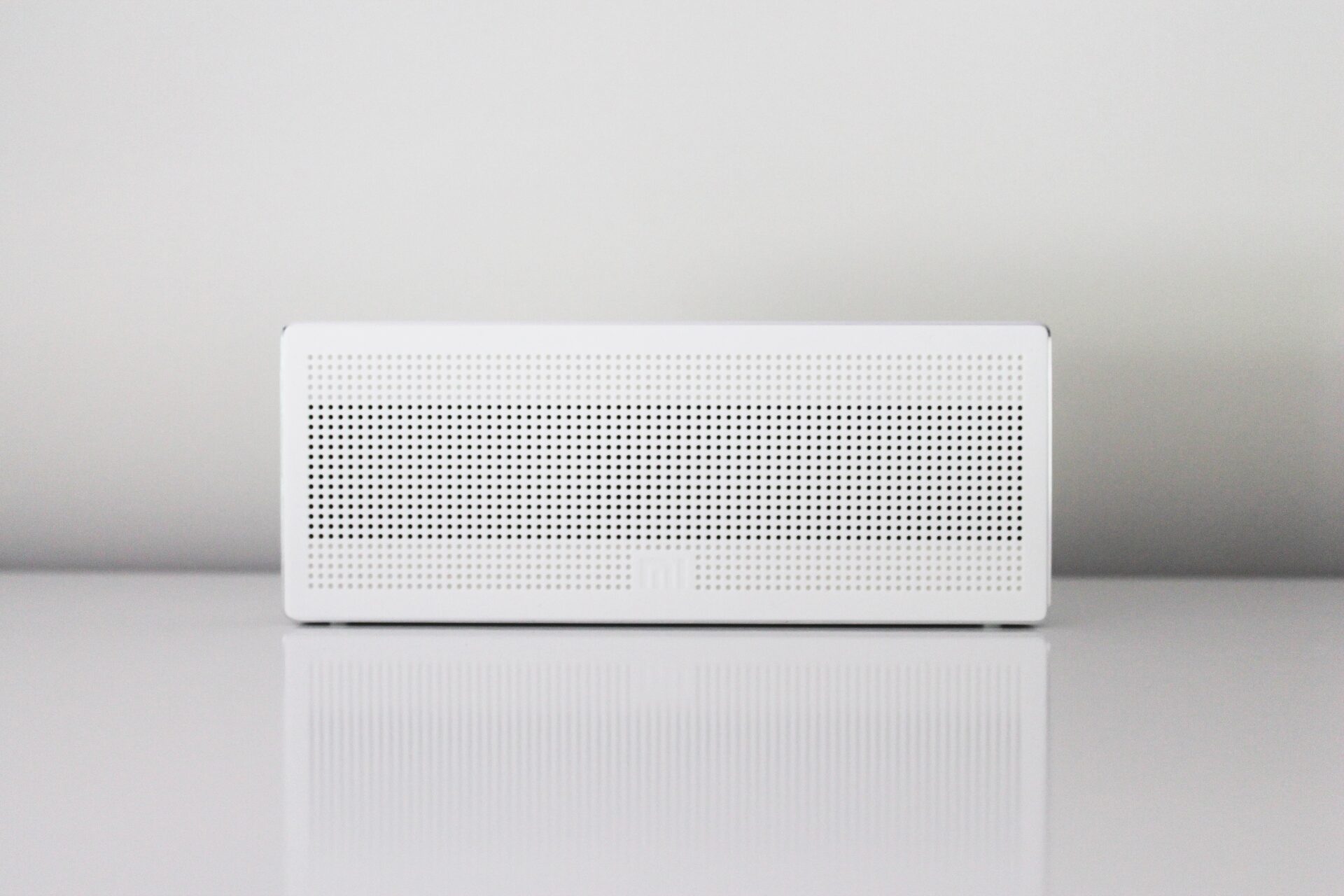
While you don’t necessarily need air conditioning, this process can help you:
- Feel more comfortable and dry
- Enjoy better air quality
- Rid a home or business of unpleasant fumes
- Reduce the risk of dehydration
Will it remove humidity?

Yes, depending on the air conditioner and if you have the right tools. According to the U.S. Department of Energy, if your air conditioner is too large, your home or business may not be getting as dehumidified as it should be. The department recommends using a dehumidifying heat pipe, as it can extract “up to 91% more water vapor than a conventional evaporator.”
The FSEC Energy Research Center recommends, instead of connecting a humidistat or device that regulates humidity to an electric heater, reusing the lost heat during the air conditioning process. To do this, you’d redirect the heat the refrigerant loses back into your home.
If you’d like to learn more about how to keep your home from getting too humid, give us a call.
When was air conditioning invented?

Like most technology, the invention of air conditioning was a process that was (and still is) constantly being improved upon. According to the U.S. Department of Energy, the first known instance of someone trying to cool down temperature is when Dr. John Gorrie designed an ice compressor in 1851; this compressor was powered by steam, horse, wind and water.
Perhaps the most famous discovery relating to a/c happened in 1902.
Engineer Willis Carter was tasked with figuring out how to reduce an air moisture problem, which was causing wrinkling problems for the Sackett-Wilhelms Lithographing and Publishing Company. He designed a system that heated and cooled air (humidifying and dehumidifying air), creating the basis for air systems today.
Conclusion

Looking to get a tune-up for your air conditioning system or a new system entirely? Long’s Air Service can provide you the help you need. Give us a call today and get a free quote. We can also help you with heating.
